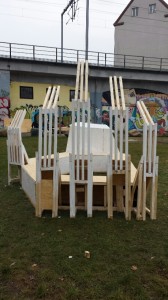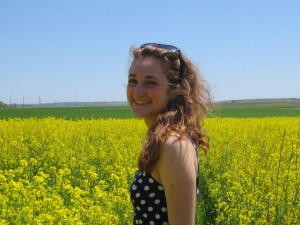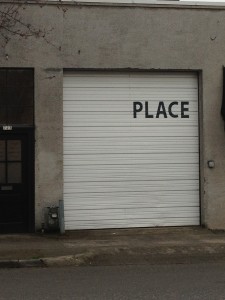Temporary landscapes show a broad range of placemaking initiatives. On one end of the spectrum we have temporary landscapes that can be replicated and relocated anywhere. The placemaking success of these landscapes capitalizes on easy to follow DIY instructions and universally easy to find materials (eg: Wood pallets). These projects may contrast with their surroundings but are nonidentical when compared to each other. On the other end of the spectrum are temporary landscapes that are very grounded in their setting. . The placemaking successes of these landscapes utilize thorough stakeholder or public input and reference to local history or culture. These projects may or may not contrast with their surroundings but are unique when compared to each other. Temporary landscapes capture a full spectrum of placemaking.
Author: Rachel Fox
Temporary Landscapes and Placemaking

 Landscape architects need to take a more active role in the planning, design, and execution of temporary landscapes. Temporary landscapes are a tool for creative placemaking because they can contribute to the changing cultural identity of city. Temporary landscapes offer respond to the flexibility needed by our cities. However the unorganized variety of temporary landscapes has made it difficult to evaluate and learn from these spaces. In order to create stronger temporary landscapes a typology is needed. A typology of temporary landscapes will help us better situate and evaluate these projects.
Landscape architects need to take a more active role in the planning, design, and execution of temporary landscapes. Temporary landscapes are a tool for creative placemaking because they can contribute to the changing cultural identity of city. Temporary landscapes offer respond to the flexibility needed by our cities. However the unorganized variety of temporary landscapes has made it difficult to evaluate and learn from these spaces. In order to create stronger temporary landscapes a typology is needed. A typology of temporary landscapes will help us better situate and evaluate these projects.
